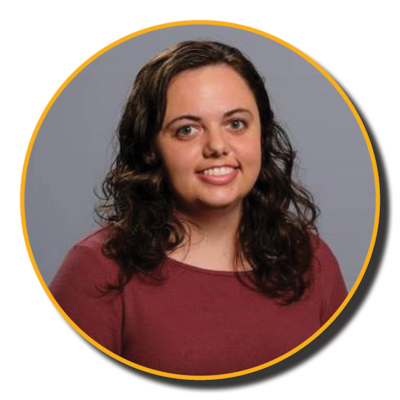Clinical Pastoral Education and the COVID-19 Pandemic: Maria Penrod
October 18, 2020
The COVID-19 pandemic has altered nearly every aspect of daily life. For Garrett students participating in Clinical Pastoral Education (CPE), these changes have brought new challenges while proving the importance of their work. Clinical Pastoral Education is an accreditation and training program that teaches students how to provide spiritual care in clinical settings like hospitals, nursing homes, prisons, and addiction treatment centers. A significant part of one’s theological education, CPE provides a learning situation for a ministerial student and continuing education for ministers in which they may develop awareness of the theological and psycho-social concerns of persons in crisis.
So what does CPE that look like when the entire world is in crisis? Here’s Maria Penrod’s story.

Maria Penrod
Master of Divinity
Overbrook, Kansas
Considering the COVID-19 pandemic, what concerns did you have with doing CPE? Why did you decide to proceed with CPE this past summer?
I was mostly concerned that I would bring COVID-19 into the nursing home and infect residents. We had weekly employee testing, so that calmed my fears a bit. With no outside visitors allowed, the residents had even more spiritual care needs to address. The need was great, I am low risk for the virus, and I felt called by God to be there, so I decided to go through with it.
Where did you do your CPE training? What impacts did COVID-19 have on your site and on your learning?
I did my CPE through the Urban CPE consortium. My sites were the food pantry at United Church of Rogers Park, and the CJE Lieberman Center for Health and Rehabilitation. At the food pantry, masks and gloves were the main requirements. It was impossible for workers to stay 6 feet apart because the space was so cramped. At Lieberman, there were temperature checks daily, weekly COVID testing for all employees (including me), and medical masks required. When I was on the floor interacting with residents, I had to sanitize my hands before and after every visit, and wear goggles or a face shield. When residents returned from the hospital, they were presumed COVID-19 positive and needed to quarantine for 2 weeks. I had to wear full PPE to visit these residents. I looked like an alien.
What were the greatest challenges for you personally?
The isolation and loneliness the residents were experiencing was the hardest thing for me to witness. The hospice patients couldn’t see their loved ones. It was emotionally challenging for me to help them process that. I always had to take a break after those visits.
What was your greatest take-away from this experience?
Spiritually, my biggest take away is that people suffer when they are not able to be in relationship and community with other people. God made us to be with people.

